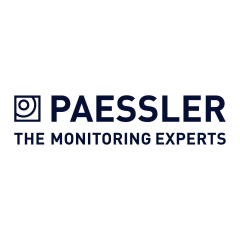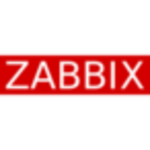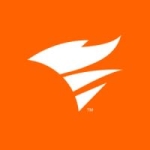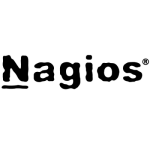It's a globally distributed network. We have multiple data centers or IT setups, and PRTG is deployed at the local data centers. Some of the applications are in the cloud, and PRTG can also monitor those.
PRTG is simple to manage. First, you can create a template for a device, then apply it to hundreds of similar devices. That's a great advantage. Secondly, I can use the 80-20 functional rule for any devices I need to monitor.
For infrastructure monitoring, 80 percent of parameters are monitored every minute or so. I can define all of them at the highest level, and those definitions are inherited at the lowest level. Then you need to customize the setup for the remaining 20 percent. You can deploy them in various groups and do a group-level setup, which will again percolate down to devices.
The third thing is the concept of tags. PRTG assigns tags to devices and also the parameters you monitor. For example, if you choose to deploy a bandwidth sensor, PRTG automatically tags it with that parameter while giving you the freedom to apply your own tag.
Let's say my organization has three or even four ISPs. If I'm globally distributed, the ISPs could be different. Now I can monitor all the bandwidth across ISPs based on the tag, or I can see the bandwidth of each ISP individually. I know my uptime and recovery in case of failure. I can also group by choosing a specific ISP tag and getting a report. I now know which of my ISPs is a better performer, which helps me improve the service and decide who to go with.
PRTG is constantly evolving. You have between eight to 12 releases every year, including enhancements to functionality and performance as well as security and bug fixes, so it stays current with our business requirements. It's a well-rounded product.
There's always room for improvement. The high availability feature is good, but it's an area that PRTG could marginally improve. For example, in PRTG, both servers have a different IP, but it would make things a lot easier if they were bound by a single IP. I'm not necessarily trying to say PRTG should imitate other products.
I'm saying it should be like a typical HA solution should be. It is a fail-safe feature, and the HA component should act like one. In PRTG, it is in an active-active mode, not active-passive. Now, the customers don't need to know the mechanism behind the high availability. They just need to know how many servers are required for deployment. If there is a cluster with a single IP address, it's much easier from the customer's point of view.
We've been working on various versions of PRTG since 2003. While we are using PRTG, we are also looking at various alternatives, but we haven't seen a reason to switch so far.
PRTG itself is a highly reliable product because of large installed base.
Overall, PRTG is easy to install and understand. We provide frontline support for our customers, but our more competent customers don't come back to us for any support at all. If they don't have the skills, they can install and do the basic deployment, but they require hand-holding and coaching for some things. Still, I think it's a straightforward product. Once a user gets started with the product, they don't need hand-holding for basic functions.
The price of PRTG is reasonable. PRTG's competitors like SolarWinds and ManageEngine charge more for the same functionality. They are much more expensive at licensing level. What's more, PRTG comes as one bundle. For example, the database is part of the PRTG release, so Paessler takes total responsibility for all components they deliver. With other products, you need a separate database engine and databases, and these NMS companies don't take responsibility. When they put out new releases, what if it doesn't work with the previous release of a database? Things become a little tricky. You have to deal with two or more entities for NMS but only one with PRTG.
I rate PRTG Network Monitor 9.5 out of 10. If you're planning to implement PRTG, my advice is to first create a master plan. Set a goal for monitoring. Decide what you want to monitor and why. You need to get ready by organizing network management at the technical and policy level. If you start with a clear understanding of your goals and your environment, PRTG will be a cakewalk.

















